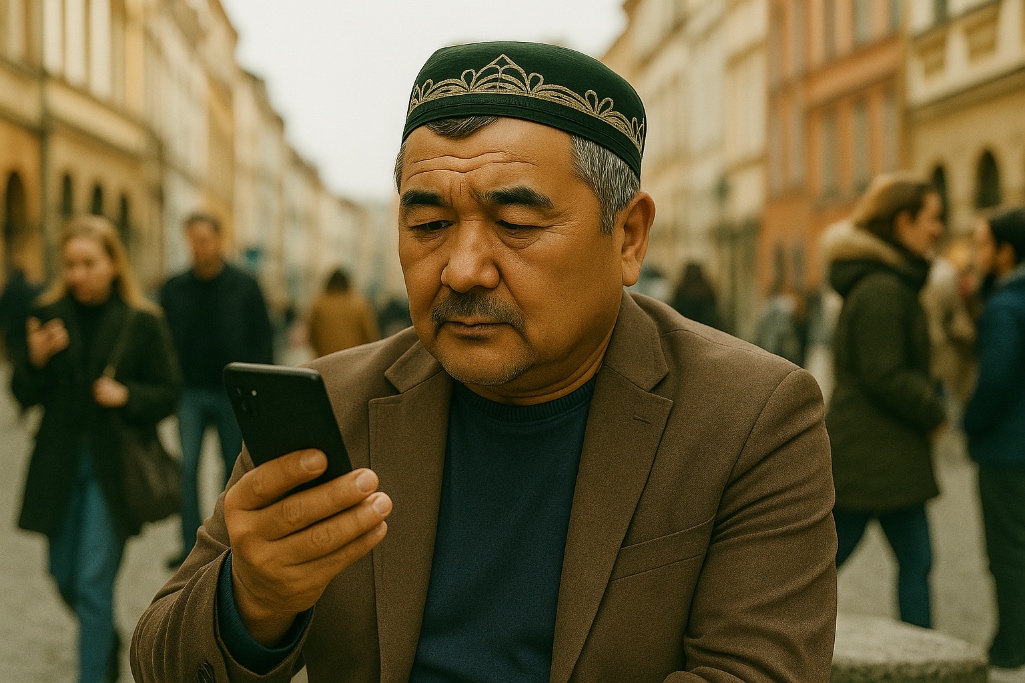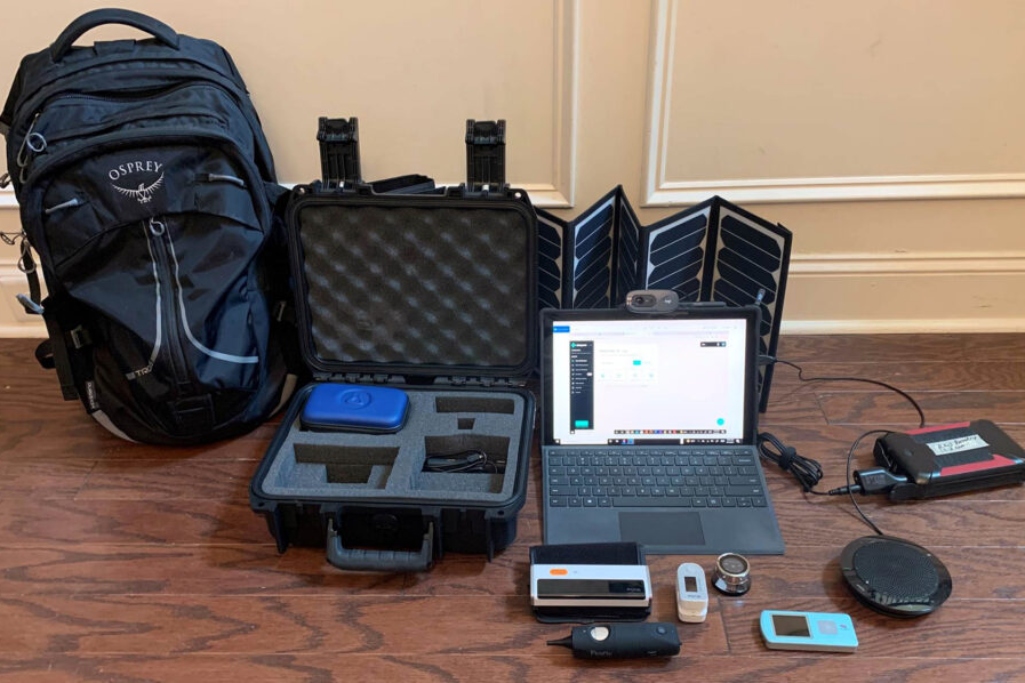
IMB’s digital engagement team often creates photo illustrations using AI for use on social media. It is a safe and secure way to connect with unreached people groups. Seeing their own people group helps them to stop and read the message and hopefully leads to a connection for digital responders.
MIDDLE EAST — The phone buzzed, flashing an unrecognized number. The Middle Eastern pastor deliberated before accepting the call. It wasn’t spam but a voice from the past.
“I wanted you to know I’m now a follower of Jesus,” the caller said. “I’m attending church and was just baptized.”
The two men had not been in contact since 2022. Even then, they were, technically, complete strangers — the caller, a Central Asian refugee living in Germany, and the pastor, a trained digital responder for the International Mission Board’s (IMB) digital engagement team living in the Middle East. They first met online when the refugee responded to a social media ad that asked, “Do you want to know about Jesus and what He really taught?”
Brian Gossett, IMB’s creative and digital solutions team leader, said his team created the ad campaign to help IMB workers in Germany make contact with refugees. Unlike other European countries, Germany disperses refugees throughout the country, especially to small villages. This made it difficult to talk to them or even find them.
“It was kind of like finding a needle in a haystack, but that’s where digital engagement can shine,” Gosset said. “We can target specific demographics and audiences, so our ad shows up on their social media feed. Digital spaces reach across so many physical barriers.”
This particular ad was aimed to interest Muslim background refugees who spoke Arabic and lived in a specific region of Germany. It showed a segment from a Christian film with Jesus speaking. Those who responded could watch more of the film and get a Bible. Trained digital responders, like the Middle Eastern pastor, responded to questions in Arabic.
The strategy is this specific for a reason — to start gospel conversations.
CJ Olivia, IMB diaspora digital engagement strategist, explained the mechanics of this type of evangelism is not much different from going out on the street.
“It casts a wide net to find where the interest lies,” she said. “Conversations happen in a very concentrated time. As it becomes more serious, the digital responders hand off this contact to someone local.”
The goal of IMB digital engagement strategies is always to get seekers face to face with a believer.
For three weeks, the refugee and pastor conversed back and forth about Jesus’ teachings. The refugee even participated in a Zoom Bible study. When it was time to hand off this contact to someone local, the pastor lost touch with him.
This refugee’s story may have paused, but it didn’t for others who responded to the same ad. The pastor passed on contacts to the IMB workers in Germany who physically visited the refugees and continued the conversations about Jesus and His teachings. Through these connections, they began gathering in person for Bible study and worship. Some in Germany were too far to make the physical trip each week but joined the local Bible study via Zoom. A large television screen showing a grid of faces became a normal part of the fellowship.
The Middle Eastern pastor flew to Germany to help connect some of the contacts to a local team of Christians. He’d only ever met the refugees over digital media, but he “knew” them. His time with them was like a family reunion; some were even baptized that week. The team helped the refugees find local churches.
Sadly, though, the pastor never met the Central Asian refugee who once asked so many questions. He prayed for the man to keep seeking answers. So, when the phone call came three years later, it was met with rejoicing.
“The time gap is really beautiful,” Olivia said, noting that digital engagement often has many outcomes like this ad did. “It really broke the myth that if we can’t see it, it’s not happening.”
(EDITOR’S NOTE — Sue Sprenkle writes for the IMB.)


